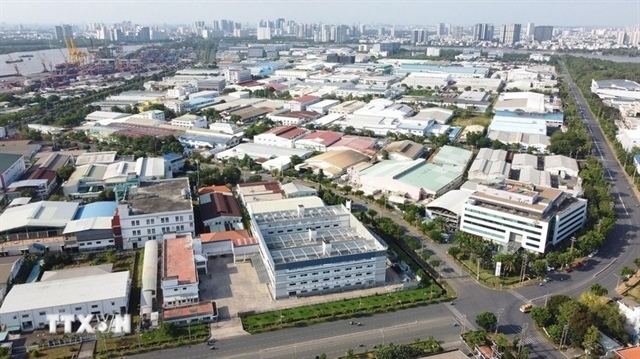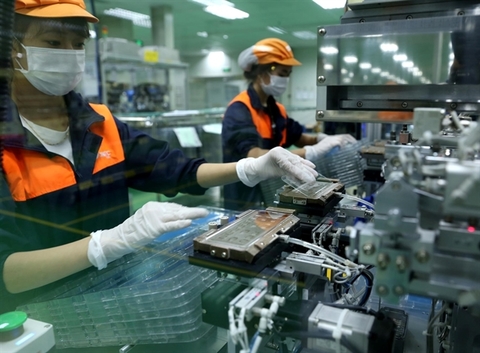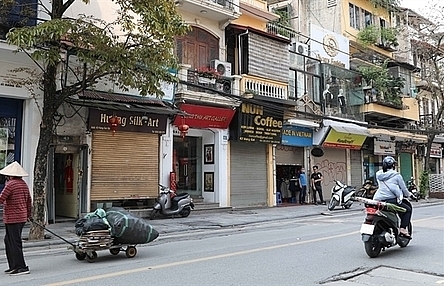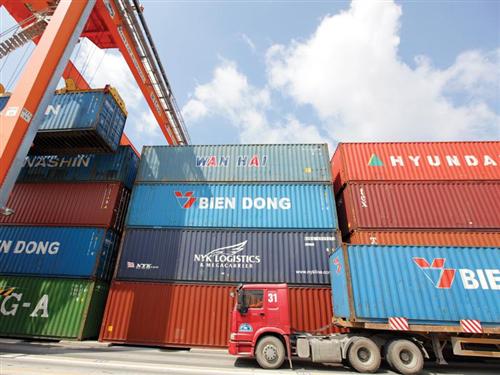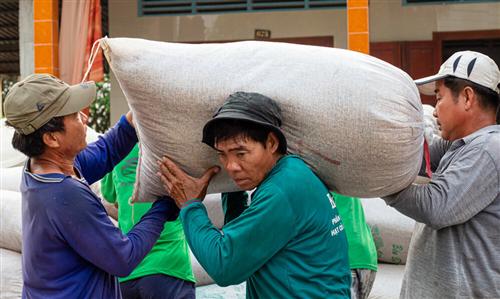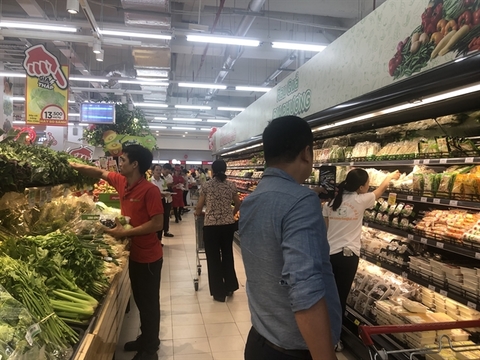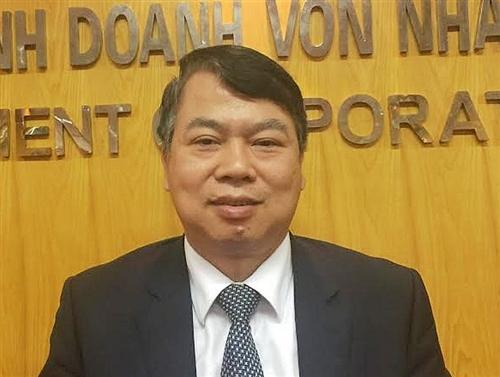Vietnam’s GDP growth target of 6.8% still within reach: GSO
Vietnam’s GDP growth target of 6.8% still within reach: GSO
Despite growing difficulties from the Covid-19 pandemic, there remain opportunities for enterprises to thrive.Vietnam’s GDP growth target of 6.8% is still attainable in case the Covid-19 pandemic is contained in the second quarter, the manufacturing sector will run in full swing and the African swine fever is totally controlled, according to Nguyen Bich Lam, head of the General Statistics Office (GSO).
Moreover, the government would need to realize the year’s public investment disbursement plan; monetary and fiscal stimulus packages to provide much-needed support for the business community; and enhance the distribution network to meet growing consumption demand after the pandemic, the governmental portal reported.
This was one of the two growth scenarios set up by the GSO based on the actual impacts of the Covid-19 pandemic on Vietnam’s economy.
Lam, however, acknowledged such growth target is a challenging task as GDP growth in the first quarter touched a 10-year-low at 3.82%. The rate is even lower than the estimated 4.52% of the Ministry of Planning and Investment for the same period in its worst scenario.
During the three-month period, the pandemic also directly led to a surge of 26% year-on-year in the number of enterprises temporarily ceasing operation.
“Only a handful of fields in the service sector could maintain positive growth rates in the January – March, including the banking sector with 7.2%, communications with 7.78%, health and social support with 9.97%,” said Lam, adding these are the spotlight of the economy in the first quarter.
In its second scenario, the GSO expects Vietnam’s GDP growth would stay above 5% if the pandemic persists until the third quarter.
Opportunities arise in difficult times
To some experts, there are still opportunities for enterprises in face of difficulties. In a recent meeting with Prime Minister’s working group, Vice President of the Vietnam Textile and Apparel Association (VITAS) Truong Van Cam said the global demand for antibacterial face masks remains huge, and local textile firms are capable of producing 100 million units per day, or even higher.
Meanwhile, as people are staying home to prevent the spread of the pandemic, online shopping has fast become a preferred alternative to conventional shopping. This prompted retailers and producers to quickly adjust their operation modals to meet customers’ demands. In the first quarter, with a growth rate of 5.69%, wholesale and retail contributed the highest added value to the economy in the service sector with 0.7 percentage points.
In response to the government’s directive No.11 providing a host of measures to help businesses cope with the pandemic, Minister of Finance Dinh Tien Dung on March 26 proposed scaling up the fiscal stimulus package from VND30 trillion (US$1.27 billion) to VND80.2 trillion (US$3.42 billion).
Under the proposal, the Ministry of Finance suggested extending the tax payment deadline and land rental fees by five months for individuals and businesses, as well as expanding the scope of the support to a wider public.
Specifically, the prolongation of payment of value added tax is estimated at VND61.6 trillion (US$2.62 billion), corporate income tax of over VND11.1 trillion (US$473.4 million), VND3 trillion (US$127.39 million) of tax for individuals and household businesses, and land rental fees of VND4.5 trillion (US$191.9 million).
In addition to individuals, household businesses and enterprises operating in the fields of agro-forestry-fishery, industrial production, food processing, transportation, logistics, tourism, entertainment, and services, the fiscal stimulus package is expected to benefit those working in the sectors of education and training, health services and social support.
Besides the fiscal stimulus package, Prime Minister Nguyen Xuan Phuc on March 6 requested the State Bank of Vietnam to instruct banks to provide a monetary aid package worth a total of VND250 trillion (US$10.86 billion) in forms of simplification of lending procedures, rescheduling of debt payment, reduction and waiver of interest rates for customers affected by the Covid-19 pandemic.



